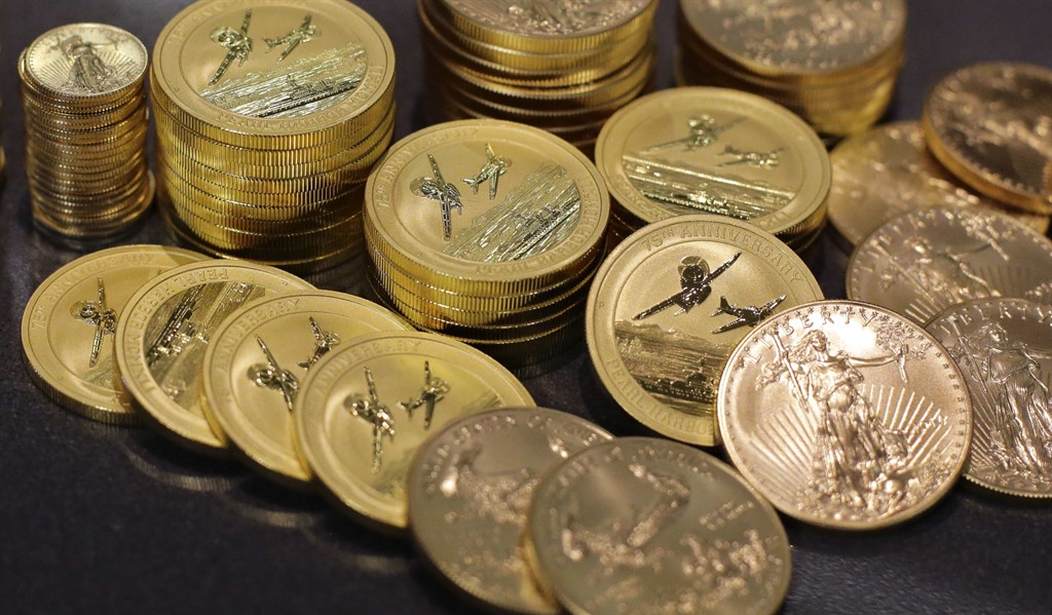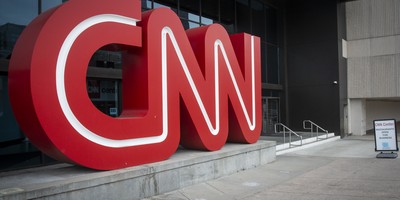Gold closed the year above $1,300 for its best annual increase (+13.5%) since 2010. Despite a strong year for gold, the sales of the American Gold Eagle were only 302,500 ounces in 2017, a 10-year low and a 69% decline from 2016’s sales of 985,000 ounces. Buffalo gold coin sales were the worst ever, at only 99,500 ounces vs. 219,500 ounces in 2016. Likewise, sales of silver American Eagle bullion coins fell to a 10-year low of 18,065,500 ounces, down from a record 47 million ounces in 2015 and 52% below the 37.7 million sold in 2016. The sales declines were similar at Australia’s Perth Mint, another large manufacturer of bullion coins. Through November 30, Perth’s sales of gold coins was down 56.3% from the same 11 months in 2016. November’s sales were down 46.4% from the previous month.
A lot of 2017’s declining gold coin sales can be blamed on a hot stock market. The Dow was up 25.1%. Many investors chose to overload their portfolio in stocks. Then, later in the year, the bitcoin fad started luring investors away from both stocks and gold. Most buyers of government-made bullion coins are responding to dealer ads for diversification into an asset which hedges their portfolio against any serious downturn in the value of their stocks, bonds or cash. With stocks rising and interest rates creeping up, most investors felt they didn’t have any need for gold, even though it was rising well.In addition, dealers were placing fewer ads.
Gold rose 13.5% in 2017, its best year since 2010, but Bitcoin shot to the heavens by truly astronomical percentages, reminiscent of “dot.com” bubble in late 1999 or the “Tulip bulb mania” in Holland in 1637.
Coins from the U.S. Mint are entry level coins to the wider world of rare coin collecting and investing. Those who buy U.S. gold and silver coins see the beauty, feel the weight and hold in their hands a piece of history. Many of them become hooked on the story of the coins which preceded the American Eagle series, launched in 1986. Many of them will want to learn about rare coins through their purchase of these bullion coins. In future years, they may choose to buy more bullion coins to give away as birthday gifts or anniversary gifts, thereby creating more rare-coin buying interest in future generations of Americans.
Recommended
Numismatic winners and losers for 2017
The big winners for 2017 were very rare low-population coins that were needed for registry sets sought by collectors and investors who competed for coins by either the Professional Coin Grading Service (PCGS) or Numismatic Guaranty Corporation (NGC).
Among other rare collectibles, a Leonardo da Vinci painting, “Salvator Mundi,” sold for $450,000,000 at auction at Christie’s. That hammer price was almost three times the level of the previous record set for Pablo Picasso’s Les Femmes d’Alger (Women of Algiers), which went for $179.4 million in 2015 (also at Christie’s). The highest single coin sold at auction in 2017 was an 1804 U.S. silver dollar in PCGS Proof-65 condition which sold for $3,290,000. The Professional Numismatists Guild estimated the overall U.S. rare market was between $3.4 billion and $3.8 billion, not including sales by the U.S. Mint.
The big losers were low-grade common-date gold coins like $20 St. Gaudens and Liberties whose premiums over melt had fallen to historic lows after distressed European banks released their hoards. Also, new commemoratives released by the U.S. Mint for the centennials for the Lion’s Club International and Boys’ Town each struggled to reach minimal sales levels by which the recipient program could receive surcharges for coin sales. The last commemorative to not reach that level was the Girl Scouts (in 2013).
Also disappointing was the U.S. Mint’s weak position on investigating and exposing counterfeit U.S. coins. The leader of the anti-counterfeiting task force for the Industry Council on Tangible Assets (ICTA), Beth Deisher, said in a December 7 press release, “While the Anti-Counterfeiting Task Force appreciates Acting Deputy Director Motl’s acknowledgement that counterfeiting represents a serious threat to the nation’s coinage, we are nevertheless disheartened that the U.S. Mint’s efforts on the anti-counterfeiting front do not reflect a serious commitment to act against this threat.”






















Join the conversation as a VIP Member